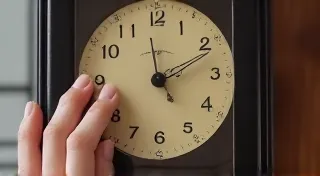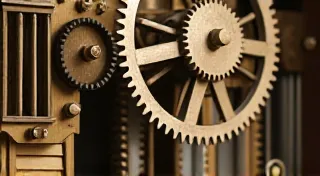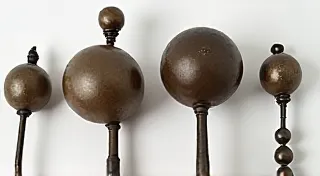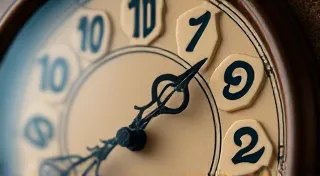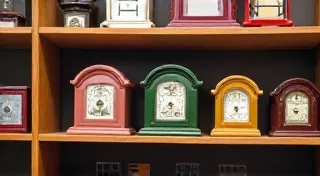The Art of Clock Chimes: History and Mechanisms
The rhythmic cadence of clock chimes is more than just a way of marking time; it’s a testament to centuries of ingenuity and artistry. From simple, single strikes to complex musical movements, the evolution of clock chimes reflects advancements in horology and a deep human desire for beauty and complexity. This article explores the fascinating history and mechanisms behind these enchanting timekeepers, providing insights valuable for anyone interested in antique clocks and their fascinating features.
Early Clock Chimes: The Simplicity of Single Strikes
The earliest mechanical clocks, appearing in Europe during the 14th century, were primarily functional. They served to announce the time to monastic orders and then to burgeoning towns. Initially, these clocks produced a simple striking mechanism - a single hammer hitting a bell or a series of hammers for the hour. These "single strikes" served a crucial purpose: a readily understood indication of the current hour without requiring a person to actively read a dial. As technology advanced, the number of strikes increased to reflect the hour, creating a more intricate and recognizable chime.
These early chimes were often quite loud, designed to be heard across a town square. The bells themselves were typically large and constructed of bronze, a metal prized for its resonance and durability. The crafting of these bells was a specialized skill, and the sound quality was often a point of pride for the clockmaker and the community.
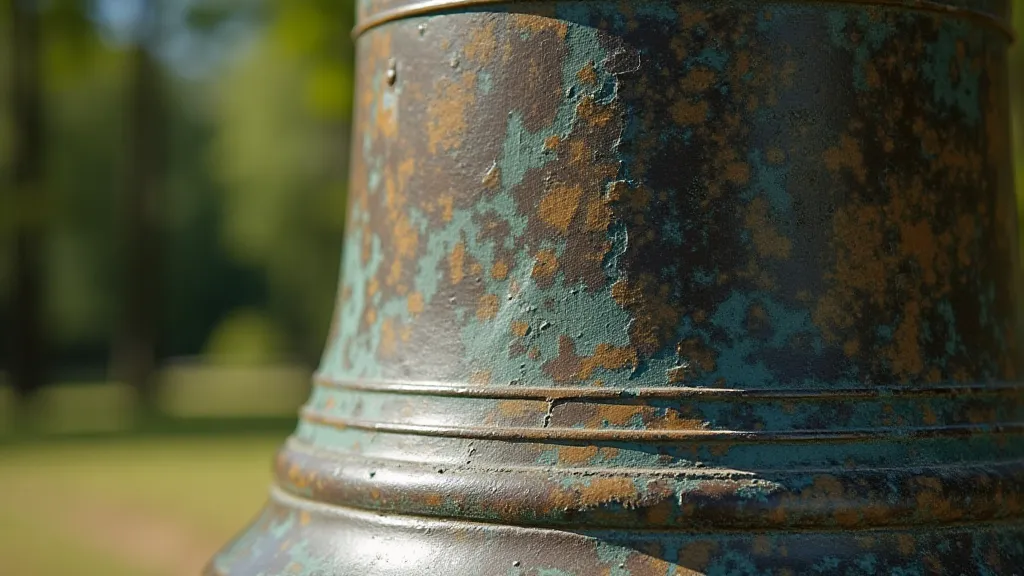
The Rise of Musical Clocks: A Symphony of Time
The 17th and 18th centuries saw the emergence of true musical clocks. These weren’t just striking the hours; they were playing entire melodies! The creation of these elaborate devices required a significant leap in clockmaking expertise. Instead of a simple hammer striking a bell, complex systems of pinned cylinders, rotating drums, or even early punched cards were used to control a series of bells or chimes, creating recognizable tunes.
The most famous examples of musical clocks hail from Switzerland, particularly from the Black Forest region. Clockmakers there developed a remarkable ability to combine precise timekeeping with elaborate musical displays. While melodies often started with simple tunes, as time went on, more complex pieces were incorporated, including excerpts from popular songs and even classical compositions.
The Mechanics of Musical Chimes: A Closer Look
Understanding the mechanism behind musical clock chimes involves several key components:
- Cymbal or Bell System: A series of bells, each tuned to a specific note, are used to produce the musical sequence.
- Pinned Cylinder (or Rotating Drum): A cylindrical object with pins strategically placed to lift levers and trigger the bells in the correct sequence. As the cylinder rotates, the pins activate the hammers, playing the tune.
- Combing System: This intricate system ensures that the hammers strike the correct bell at the right time.
- Escapement Mechanism: The heart of the clock, controlling the release of energy and regulating the speed of the movement. Without a precise escapement, the musical display wouldn’t be synchronized with the timekeeping.
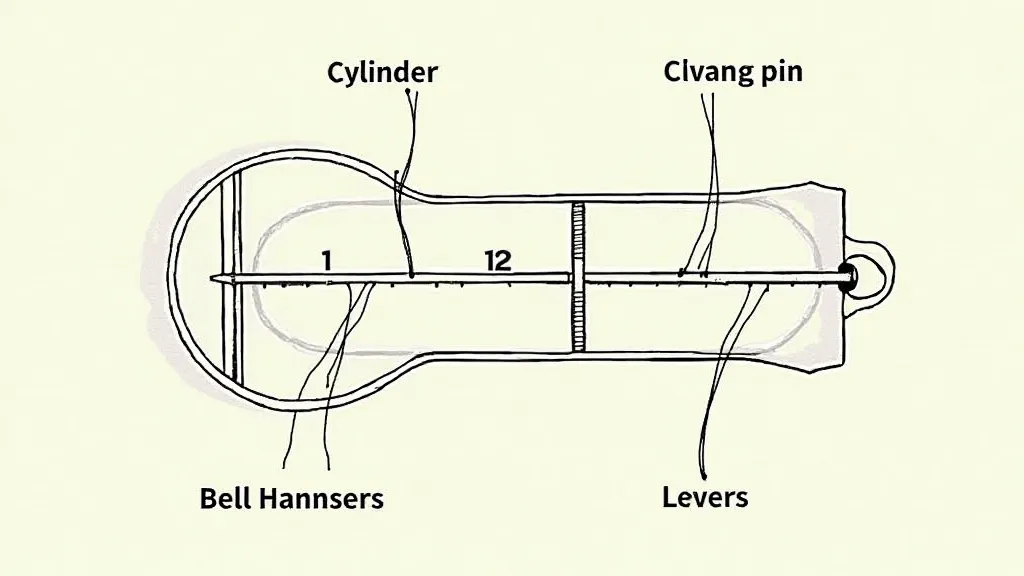
Collecting Musical Antique Clocks
For collectors of antique clocks, musical clocks represent the pinnacle of horological achievement. They are not only beautiful objects but also incredibly complex machines. Authenticity is crucial, as many reproductions have been made over the years. Look for hallmarks of reputable clockmakers and examine the quality of the materials and craftsmanship. The sound quality of the chimes is also a vital factor - a truly fine musical clock will produce a rich, resonant tone.
The rarity and complexity of musical antique clocks drive their value. A well-maintained and historically significant example can command a significant price. However, even a more modest musical clock adds a unique charm and auditory pleasure to any collection.
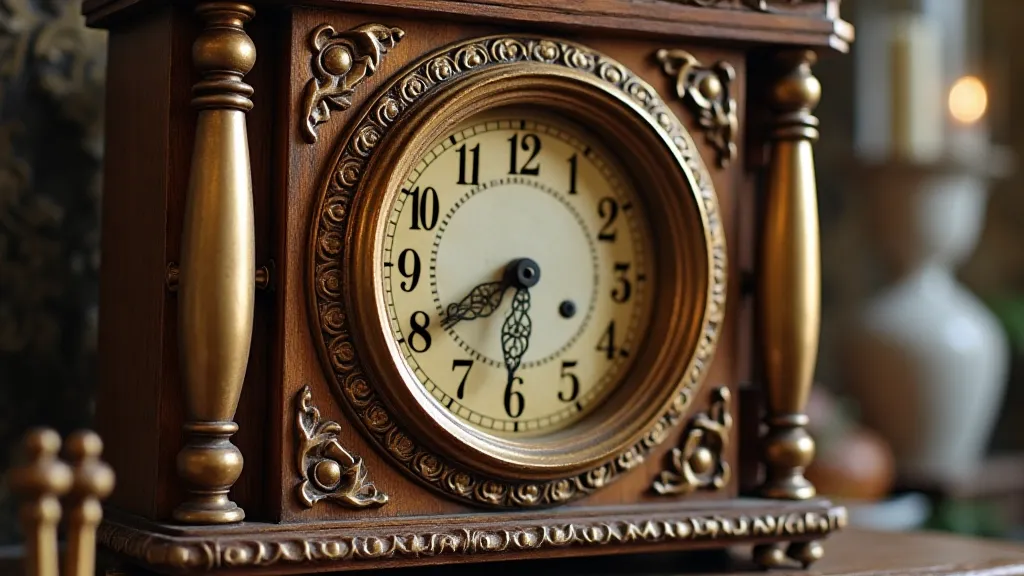
Preserving the Legacy of Clock Chimes
The art of clock chimes continues to fascinate and inspire. Understanding the history and mechanics of these timepieces allows us to appreciate the skill and artistry of the clockmakers who created them. Preserving these mechanical wonders ensures that the enchanting sounds of antique clock chimes will continue to resonate for generations to come.
